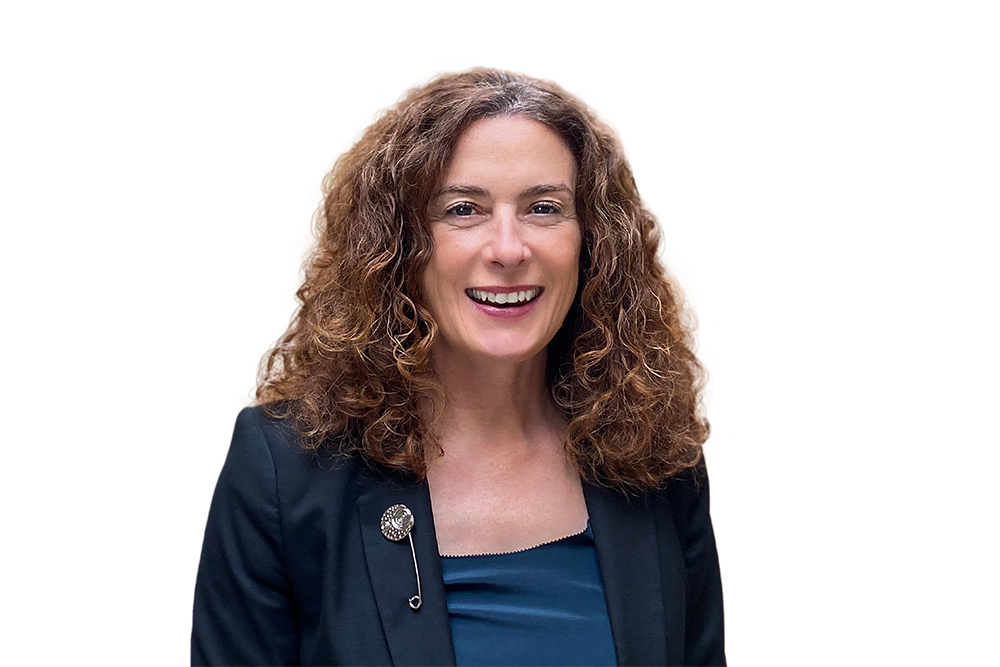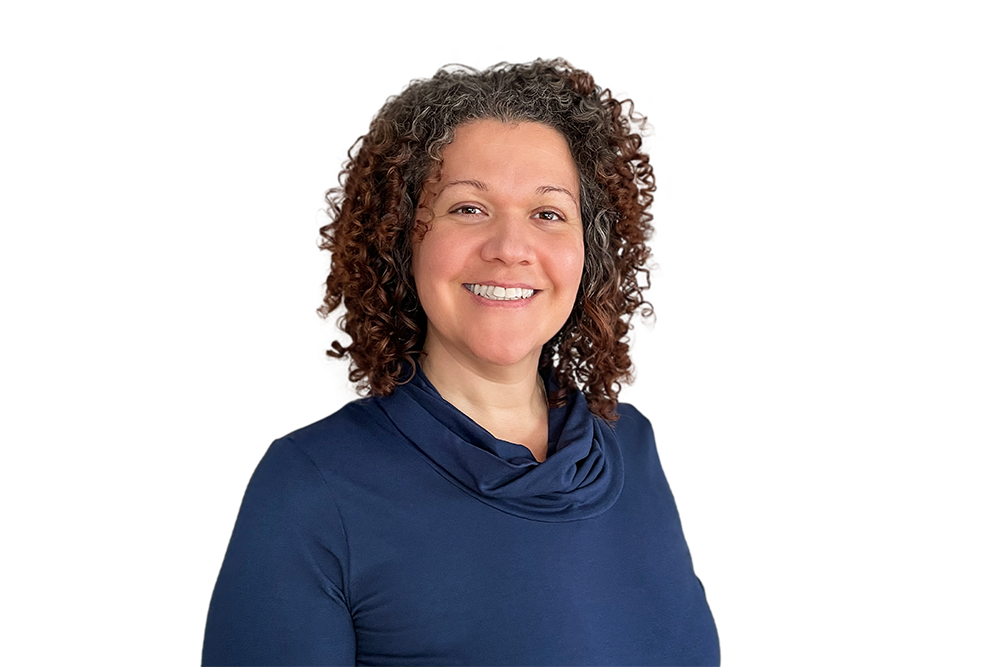The Whole Picture of Diversity in High-Performing Teams

You look around your table, pleased. Your senior team looks great. Lots of diversity there—not just in gender and ethnicity but also in background, viewpoint, and expertise. And you haven’t just made sure that your members are diverse; you’ve made it clear that everybody sitting at the table is part of the team and that they can make a valuable contribution.
You haven’t just checked the “diversity” and “inclusion” boxes. You understand the value of those elements in fostering a high-performing team.
So it’s all great, right?
Right?
Not necessarily.
Understandably, leaders would think that this kind of scenario ensures that the benefits of diversity and inclusion will naturally proceed. After all, that’s what’s implied by so many experts in the field. But in the work we have done with senior teams across numerous industries and geographies, we have found that there is more to the picture. High-performing teams have additional attributes that make diversity valuable in the way they work.
Diversity, Check. Inclusion, Check. What About Belonging?
The additional attributes that make the difference are rooted in the team member experience, not in the leader’s perception. Members of high-performing teams feel more than included: there is a strong sense of belonging. They aren’t just given a seat at the table; they know that they can safely contribute, challenge ideas, and weigh in on decisions without risking repercussions or retaliation.
What fosters the experience of belonging in team members? It’s a good question, and the right one for a leader to ask. We have noted three key cultural characteristics that influence belonging on a team: identity, power, and trust.
Who are you? Who? Who?
Identity comprises two parts. First is team identity, characterized by its reason for being—its purpose that answers “Why are we a team? What are we tasked with accomplishing? What could get in the way of us fulfilling our purpose?” A leader should engage with the team to answer these questions.
Second, this same understanding—purpose and possible barriers—is also crucial for each team member. Individuals on a team should know “What value do I bring to the team? How do my viewpoint and background contribute to the team’s purpose? What biases or assumptions do I have that might get in the way of working effectively with the other members?” A leader should also engage, this time with each individual, to arrive at these answers.
Who’s got the power?
Power impacts belonging in a diverse team in terms of the dynamics of influence. Who exerts influence in meetings and the decision-making process? Where do individuals sit on the “power grid”? Is there a pattern that puts more-diverse members toward the bottom of that grid, where they have little influence on decisions and actions? A leader needs to understand the team’s power dynamics and needs to eliminate patterns that diminish or block the power of certain members to influence team activities.
In team we trust
Trust is the secret sauce on any team, and on a diverse team, it can make the difference between good and great. We need to be safe to speak openly about our concerns, make mistakes and acknowledge them, and share stories about what matters most to us. In other words, we are confident that we can speak up without reprisal or retaliation and, further, that what we say will be heard and engaged with.
Each member needs to answer affirmatively to questions like “Do I believe the intentions of those around me? Am I willing to allow others to make decisions on my behalf? Will I be treated fairly if I give a little on my objectives so that the team can meet higher-level objectives?” A leader can be impactful by creating the space of psychological safety where team members are willing to engage with curiosity regarding others’ perspectives, to ask questions, and to synthesize viewpoints effectively. This will create a team that is open to ideas regardless of their source and one that can brainstorm in a meaningful way.
The Whole Picture, and Nothing But The Whole Picture
High-performing teams move beyond diversity and inclusion and form cultures in which every member knows they belong. With clear identity, equitable power structure, and mutual trust among the members, such teams can tap into the benefits of diversity in meaningful and constructive ways.
Diversity plus inclusion plus belonging is the whole picture. Identity, power, and trust add the details that make the picture work.
Be an artist. Create the whole picture with your senior team. You’ll see significant impacts from the effort.
Read more about RHR’s Diversity,Inclusion & Belonging service offering—real impact driven by insight, development, and leadership.








